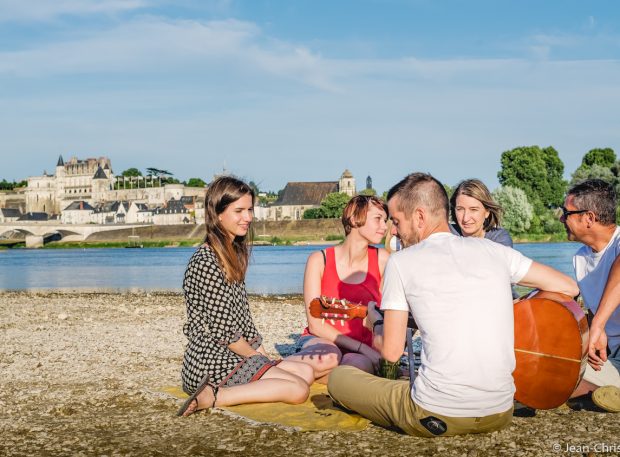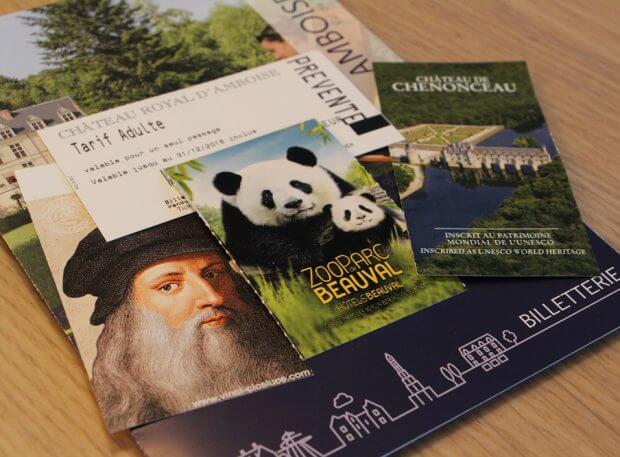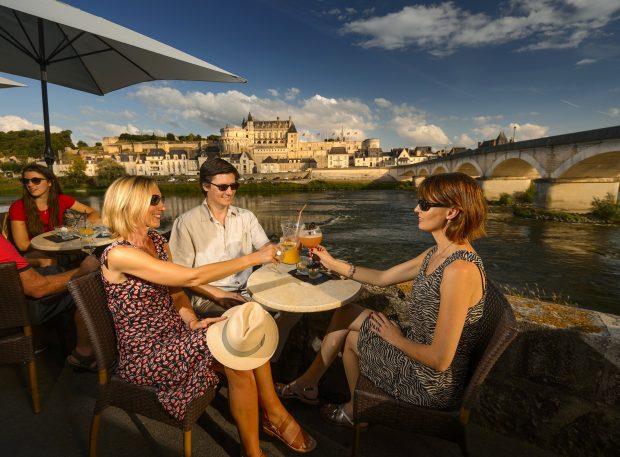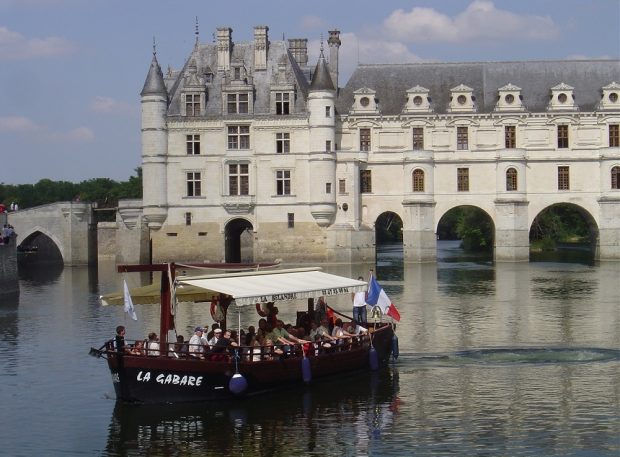The funeral of a very simple man
On April 23rd 1519, “considering the certainty of his death, and the incertitude of the time”, Leonardo da Vinci dictates his will. He asks to be buried in the Collegiate Church at the Royal Chateau of Amboise, whose spire he could see from his Clos Lucé bedroom. In respect for his wish, his body is transported by 60 poor inhabitants and a few monks, with no pomp. So dies the greatest mind of his time, and one of the greatest artists in the History.
An astonishing archaeological discovery
344 years later, archaeological diggings discover in the ruins of the Collegiate Church, among other sarcophagi, the remains of a man, whose tombstone evokes Leonardo da Vinci. Some coins, dated from the reign of King François I, tend to confirm the hypothesis of the discovery: it is the Italian maestro. His remains are buried in the Chapel Saint Hubert, erected by King Charles VIII, in which thousands of worldwide visitors still come today for a tribute to the venerable artist.

An active witness of Amboise golden age
Leonardo da Vinci rests in peace in Amboise, at the very same place where he used to enthrall the King and the Court with his many fireworks shows and costumed parties. This is exactly where he organized in June 1518, the renowned Fiesta del Paradisio. All participants evoke the beauty of the costumes and the ingenuity of the machinery, in the sound of gentle and soft live music. In much quieter days, Leonardo wanders through the narrow streets of Amboise and sometimes unfolds his easel. Evidence of it are the drawings of Amboise from the heights of the town, still exhibited in many museums today.






